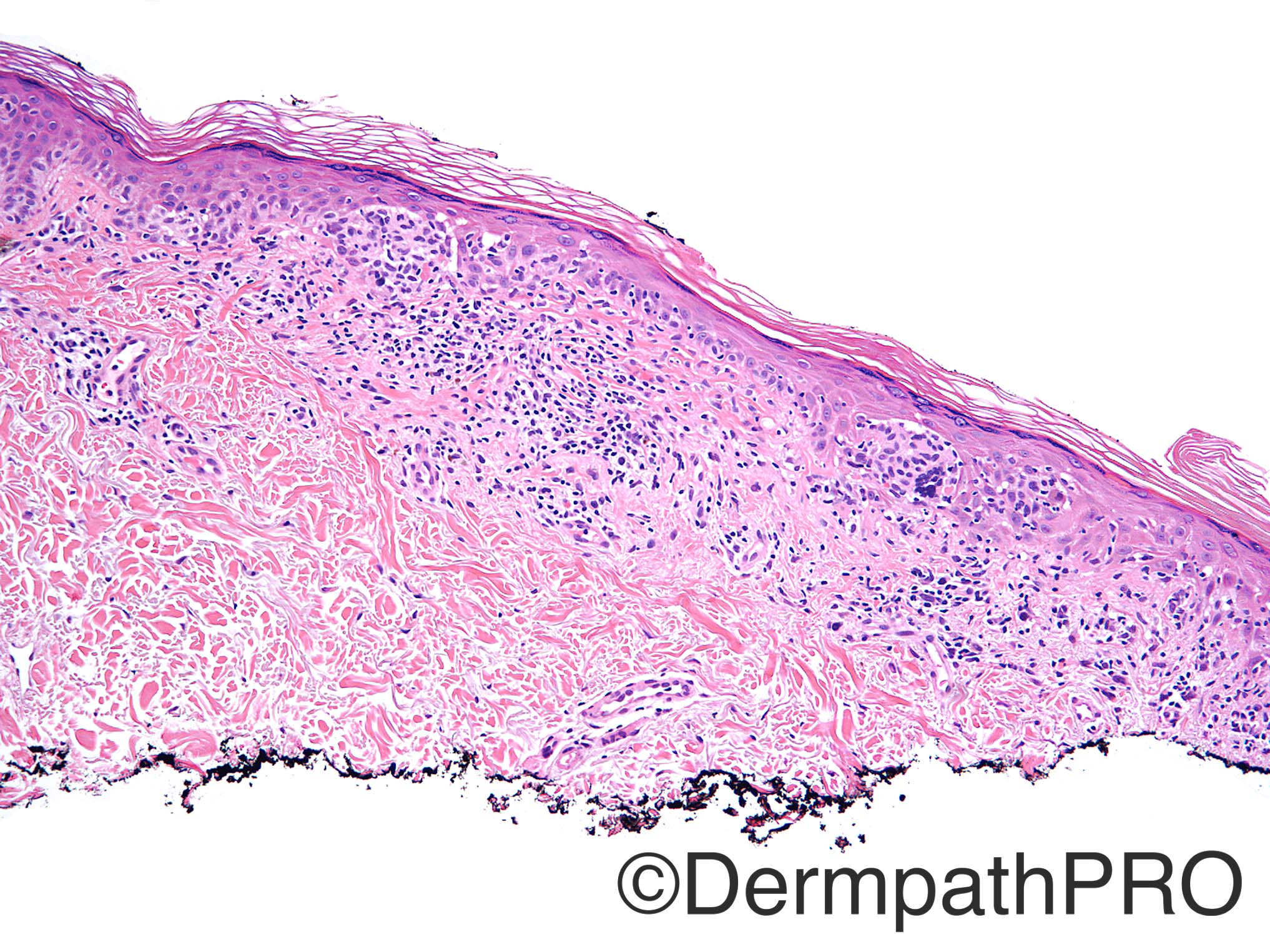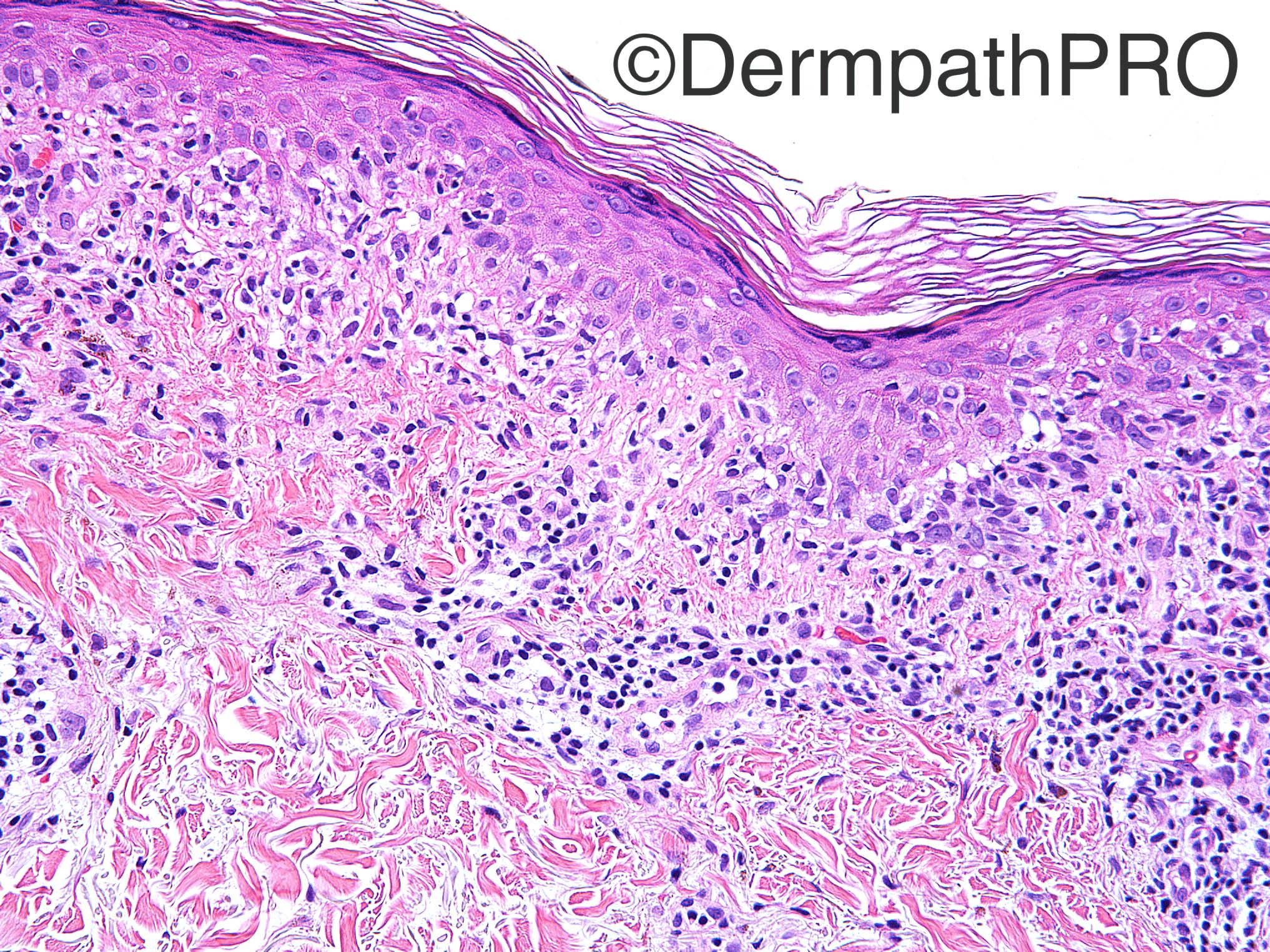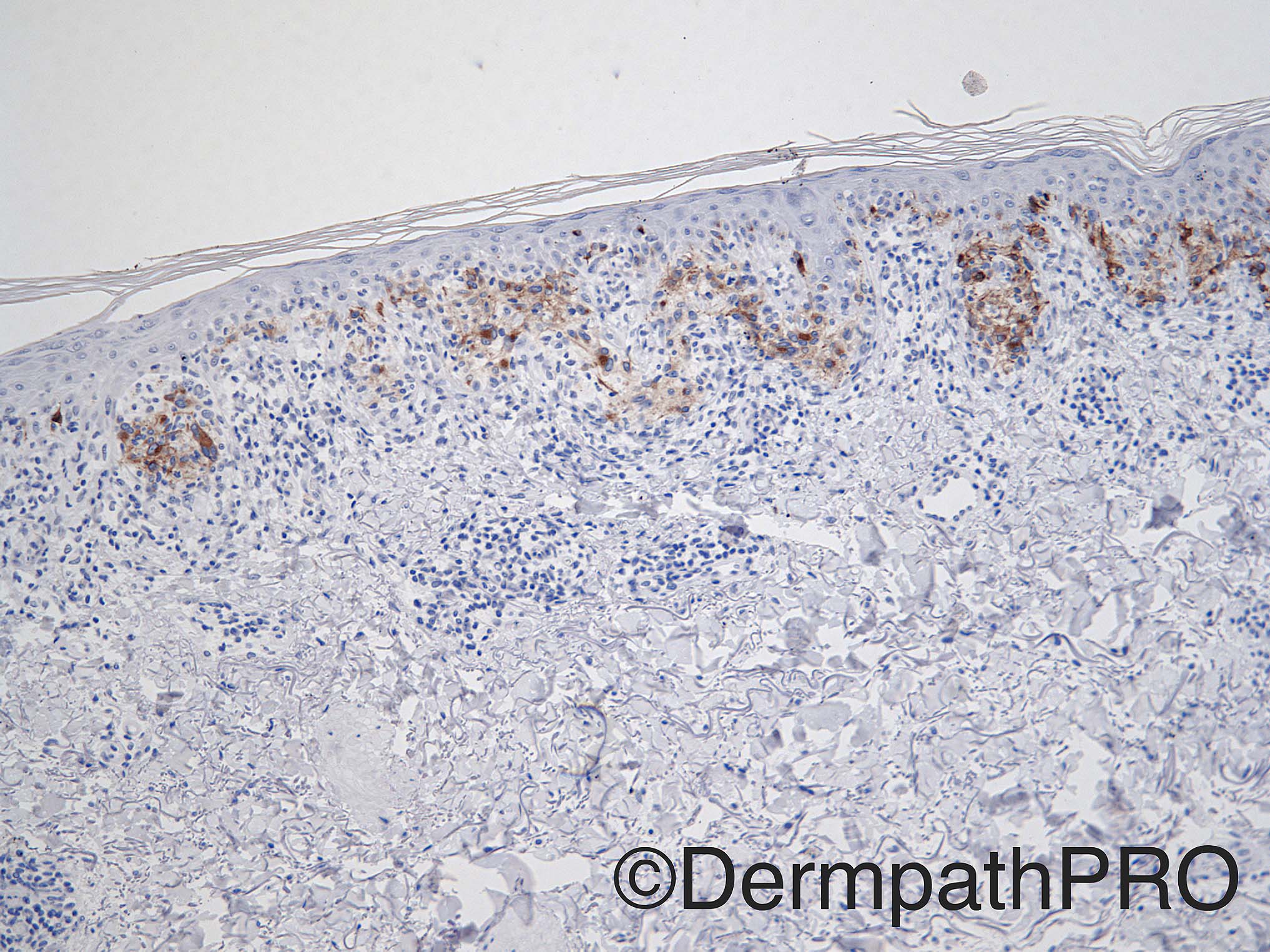-
 1
1
Case Number : Case 1464 -03 February Posted By: Guest
Please read the clinical history and view the images by clicking on them before you proffer your diagnosis.
Submitted Date :
Case History: 66 year old male with 1.9 x 1.3 cm lesion on right mid back. Figure 8=Sox 10; Figure 9=Melan A.
Case posted by Dr Uma Sundram
Case posted by Dr Uma Sundram










Join the conversation
You can post now and register later. If you have an account, sign in now to post with your account.